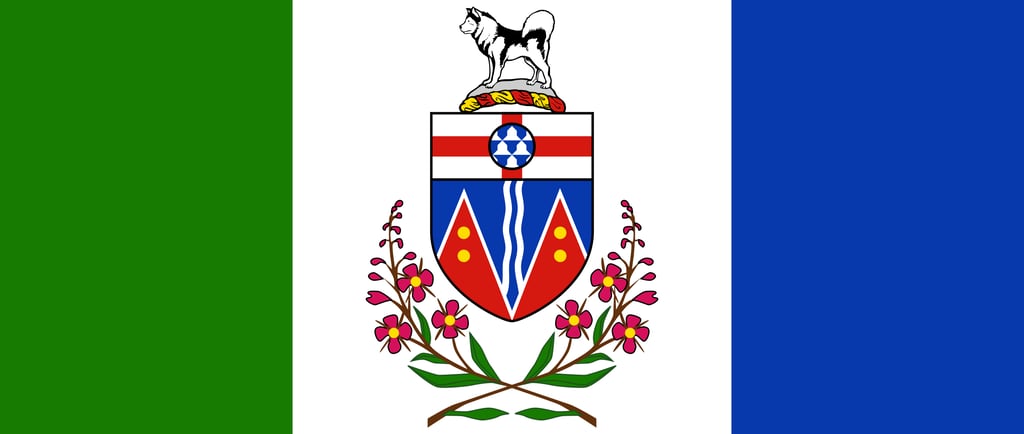The Flag of Yukon – Mountains, Rivers, and the Northern Spirit 🏔️🌲
🏔️ A follow-up story branching from Chapter : Keys to the World: Land and Water, Continent and Country in the Geography Album. 📚🌍 The story of The Flag of Yukon connects the study of flags with children’s growing understanding of place, identity, and symbolism. 🏞️🧭 The flag becomes a doorway into Yukon’s wild landscapes, Indigenous artistry, and the resilience of its people—echoing the invisible threads woven through land and water forms, continent folders, and the cultural roots explored in geography. 🐾❄️ As children encounter this story, they are invited to return to the flags and maps on the shelf, ask: “What symbols are hidden in the flags of other countries ?” and discover how flags become storytellers of the land, its people, and their journey. 🗺️🌟
GEOGRAPHY STORIES
7/8/20252 min read


Let’s travel north to explore the flag of Yukon, one of Canada’s wildest and most beautiful territories known for its majestic mountains, wild rivers, and long winters filled with snow and stories.
In 1968, Yukon held a contest to choose a new flag—and guess what? Schoolchildren helped choose the final design! That means the flag was made with young people’s ideas in mind, just like you! 👧👦 🇨🇦
Yukon’s flag has three vertical stripes. Green, white and blue. 🟩 Green stands for Yukon’s vast forests and rich wilderness. ⬜ White symbolizes the snowy mountains and cold winters. 🟦 And blue represents the territory’s clean rivers and beautiful lakes.
In the center of the flag there is beautiful flower—it’s called Fireweed, and it’s Yukon’s official flower. Fireweed is one of the first plants to grow after a fire, bringing beauty and color back to the land. That’s why it’s a symbol of renewal and resilience.
Above the fireweed sits the coat of arms, packed with symbols that tell Yukon’s story: Look closely! The red cross on a white background is a symbol from the Cross of St. George, which is also the flag of England. So this red cross is like a reminder of Yukon’s history and the people who came from far away to explore and settle there. In the middle of the red cross, there’s a small white circle with a tessellation. This pattern is found in the traditional beadwork and art of Yukon’s First Nations peoples. It also looks like mountain peaks or rivers coming together—nature and culture woven as one.
If you look closely 👀, you’ll see wavy blue and white lines under the red cross—these are Yukon’s icy, flowing rivers, like the powerful Yukon River that once carried gold miners and traders across the land! And those red mountain shapes? They’re filled with shiny gold dots, reminding us that Yukon’s wild mountains once hid treasures such as gold that many people came to find.
At the very top, standing proud and strong, is a Malamute sled dog. 🐾 These dogs worked side by side with people, helping them travel across snow and ice to survive the Arctic winters. The dog stands on a mound of snow, ready for the next journey!
Today, Yukoners proudly fly their flag at territorial events, cultural festivals, and special days. Each piece of the flag tells a story: 🌲 forests, ❄️ snow, 🟦 water, ⛏️ gold, 🐾 animals, and people who have always lived close to nature and helped each other through every season.
There are many more flag stories waiting for you to discover on the Geography shelf! 🧭📚
Costa Rica , Mexico , Brazil , Switzerland , Barbados , Philipines , Bhutan , Nepal
✨ I wonder… which country’s flag would you like to explore and write a story about next?
With Montessori joy,
Vanina 😊

